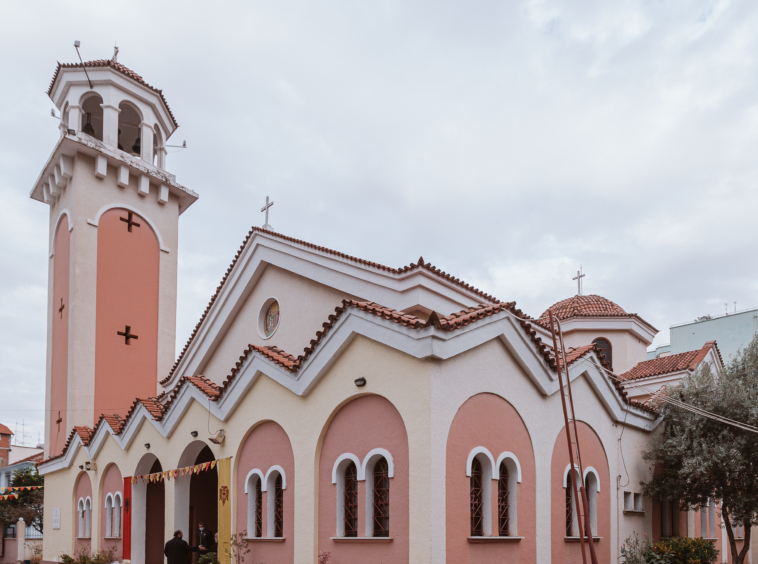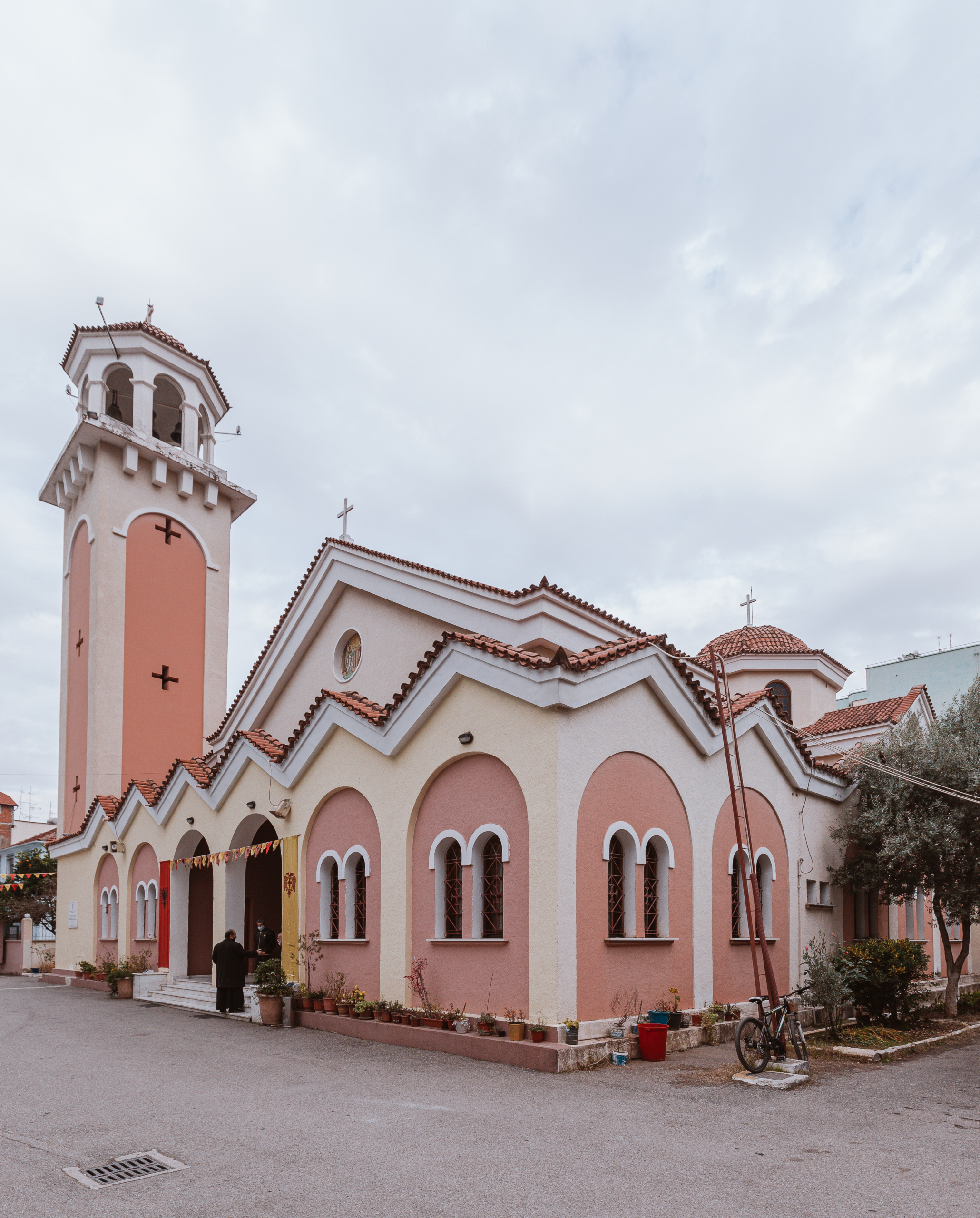Orthodox Church of the Gospel
Details
Updated on December 30, 2024 at 11:54 amInformation
- Author: Skënder Kristo Luarasi
- Year Built: Original site adapted in 1960; reconstructed as a church in the 1990s
Description
The Orthodox Church of the Gospel, located near Kavaja Street in Tirana, is a symbol of Albania’s complex history of religious suppression and revival. Built on the remains of an earlier Evangelical Church, the current structure embodies a blend of post-Byzantine ecclesiastical traditions and contemporary architectural innovation, reflecting both continuity and renewal in its design and function.
Historical Background
The site of the Orthodox Church of the Gospel has undergone multiple transformations over the decades. In 1960, the Evangelical Church originally located here was permitted to operate for a brief period of 3-4 years before being repurposed. During the era of Albania’s communist regime, religious practices were banned, and the building was converted into a gym in 1967.
Following the fall of communism in the 1990s, Albania experienced a revival of religious freedom, allowing the site to be reconstructed as an Orthodox church. This marked a significant milestone in reclaiming the nation’s religious heritage and providing a space for spiritual practice.
Architectural Design
Designed by architect Skënder Luarasi, the church draws inspiration from the architecture of St. Procopius while incorporating modern elements that give it a distinct character.
- Basilica Form and Dome:
The church follows a basilica plan with three naves, separated by arches resting on columns. At the intersection of the transept and the nave, a post-Byzantine-style dome rises, serving as a focal point and enhancing the building’s vertical emphasis. - Windows and Iconostasis:
Strategically positioned windows direct sunlight onto the wooden iconostasis, emphasizing its spiritual and artistic importance. This interplay of light and sacred art creates an atmosphere of reverence and tranquility within the church. - Roof Design:
The church’s roof is a unique architectural feature, with its voluminous triangular broken form corresponding to the arches below. This contemporary interpretation of traditional forms adds a modern spirit to the structure while maintaining its ecclesiastical identity. - Bell Tower:
On the left side of the front façade, a bell tower rises, capped with a mini dome. This element not only enhances the church’s silhouette but also serves as a visual and auditory symbol of its religious function.
Cultural and Religious Significance
The Orthodox Church of the Gospel is a testament to the resilience of faith in Albania. Its reconstruction after decades of suppression reflects the enduring importance of spiritual practice and religious identity in the country.
As a work of architecture, the church bridges traditional Orthodox design with contemporary innovation, symbolizing both a return to roots and a forward-looking perspective. It serves as a place of worship and a cultural landmark, enriching Tirana’s urban and spiritual landscape.
Legacy
Today, the Orthodox Church of the Gospel stands as a beacon of revival, offering a sacred space for the Orthodox community and contributing to Tirana’s architectural diversity. Its design and history honor the perseverance of faith while celebrating the possibilities of modern architectural expression.
Address
Open on Google Maps- City Tirana








